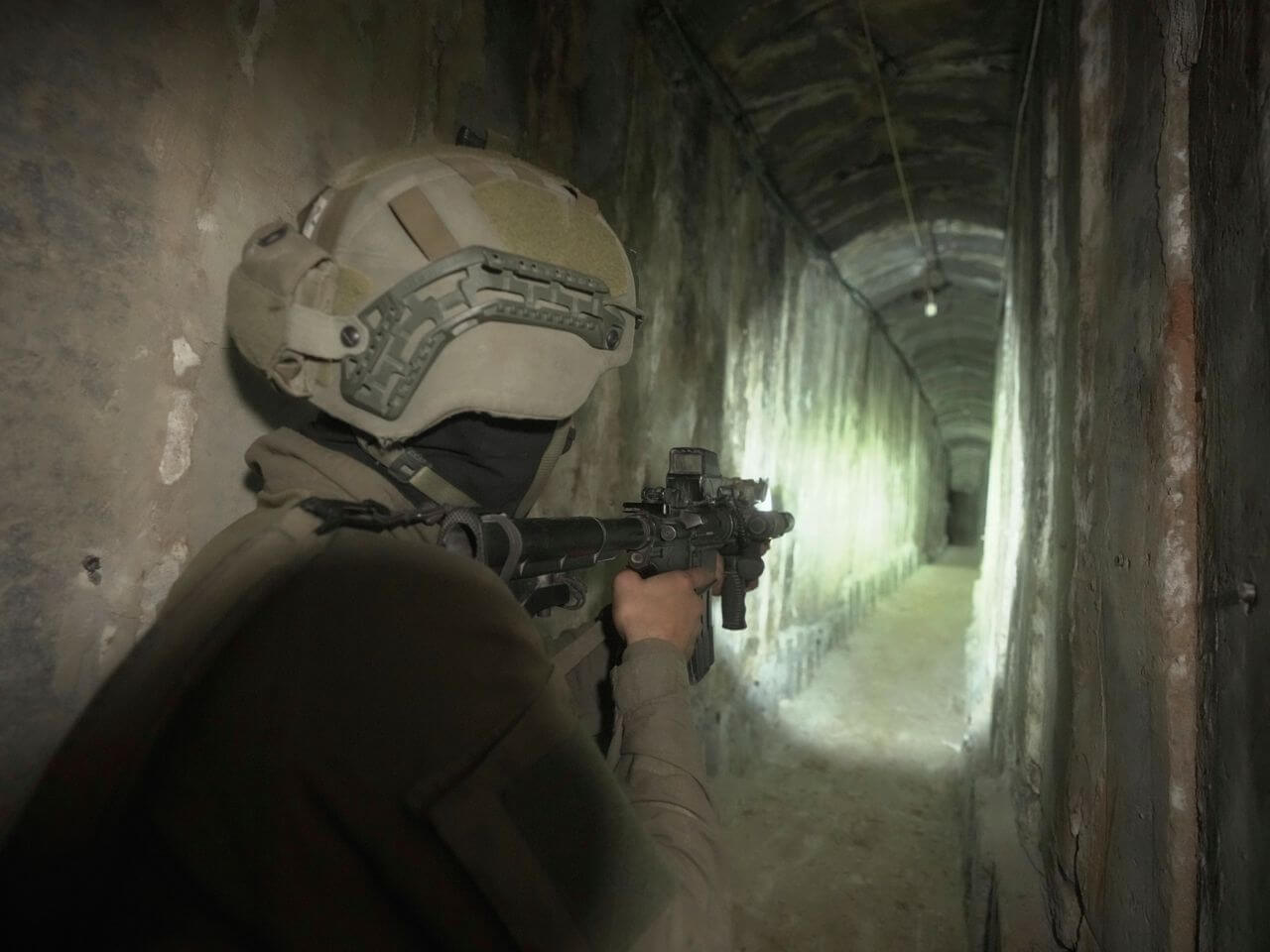Israel has assembled a large system of pumps that could be used to flood tunnels used by the militant group Hamas beneath the Gaza Strip in an effort to drive out fighters, as reported by the Wall Street Journal (WSJ), citing US officials.
Israel Planning To Flood Tunnels In Gaza To Fight Hamas: Report https://t.co/3j9w1BaIgY pic.twitter.com/erICn6KOB5
— NDTV (@ndtv) December 5, 2023
Overview
According to the WSJ report, around the middle of November, the Israel Defence Forces (IDF) finished assembling large seawater pumps about one mile north of the Al-Shati refugee camp.
“Each of at least five pumps can draw water from the Mediterranean Sea and move thousands of cubic meters of water per hour into the tunnels, flooding them within weeks,” the report said.
Sources stated that the weeks-long process of flooding the tunnels would allow Hamas fighters and possibly hostages to leave. It’s unclear whether Israel would even consider using the pumps before releasing all of the hostages in Gaza.
“We are not sure how successful pumping will be since nobody knows the details of the tunnels and the ground around them,” sources said. “It’s impossible to know if that will be effective because we don’t know how seawater will drain in tunnels no one has been in before.”
#Israel has assembled a large system of pumps that may be used to flood tunnels used by #Hamas under the #Gaza strip in a bid to drive out fighters, the Wall Street Journal reports, citing #US officials.https://t.co/4YN6TuIqG0
— Al Arabiya English (@AlArabiya_Eng) December 5, 2023
An IDF official declined to comment on the flooding plan, but stressed that “the IDF is operating to dismantle Hamas’ terror capabilities in various ways, using different military and technological tools.”
The Israelis have discovered about 800 tunnels so far, though they believe the network is much larger, WSJ reported.
As per the report, Hamas has used Gaza’s extensive tunnel network to hide, move undetected between houses, and hold hostages. Some of the more advanced tunnels are made of reinforced concrete, contain power and communication lines, and are tall enough for a man of average height to stand in.
Israel Informed US about Flooding Plan: WSJ
Israel first informed the US of the plan early last month, prompting a discussion assessing its feasibility and environmental impact against the military value of disabling the tunnels, the report said, citing officials.
US officials claimed they did not know how close the Israeli government was to executing the plan. Israel has not made a final decision to proceed, nor has it ruled out the plan, the officials said.
WSJ said that in the US, sentiment was mixed. Some US officials discreetly expressed concern about the plan, while others stated that the US supports the tunnels’ closure and that there is no US opposition to the plan.
Former US officials familiar with the matter confirmed that Israeli and US officials had discussed flooding the tunnels with seawater, but they did not know what the status of the plan is currently.
Furthermore, former officials acknowledged that such an operation would put US President Joe Biden’s administration in a difficult position and may result in global condemnation, but they said it was one of the few effective options for permanently disabling a Hamas tunnel system.
Repercussions of Flooding Plan
Per the WSJ report, most Gazans do not currently have access to safe drinking water. Purification plants, which have recently been decommissioned, are among the sources of drinking water in Gaza.
Before the 7 October Hamas attack, three Israeli pipelines delivered water to Gaza. One of them has been shut down, and the other two are operating at significantly reduced capacities, it said.
Earlier, the system provided 83 litres of water per person per day at its peak. Palestinians now receive no more than three litres of water per day, the UN said.
Formal officials stressed that Gaza’s water and sanitation systems are badly damaged and heavily polluted and will need to be rebuilt with international assistance after the war.
Gaza’s aquifer, which the population relies on for drinking water and other purposes, is already becoming saltier as sea levels rise, necessitating more energy to power the desalination plants on which the population depends, explains Zwijnenburg, who works for PAX, a peace organisation based in the Netherlands.
Israel Resumes Air, Ground Offensive Operations
On Monday, intense Israeli air strikes hit the southern part of the Gaza Strip, killing and injuring dozens of Palestinians, including in areas where Israel had warned people to seek shelter. Gaza health officials reported that approximately 900 people have been killed in Israeli air strikes since a truce ended on Friday.
After largely taking control of the now-devastated north, Israeli troops and tanks pressed their ground campaign against Hamas militants in the enclave’s south, Reuters reported.
Brigadier-General Hisham Ibrahim, commander of Israel’s armoured corps, told Army Radio that the military had nearly achieved its objectives in northern Gaza. “We are beginning to expand the ground manoeuvre to other parts of the Strip, with one goal - to topple the Hamas terrorist group,” he said.
The official Palestinian news agency WAFA reported that an Israeli air strike on two schools housing displaced people in Gaza City’s Daraj neighbourhood killed at least 50 people.

